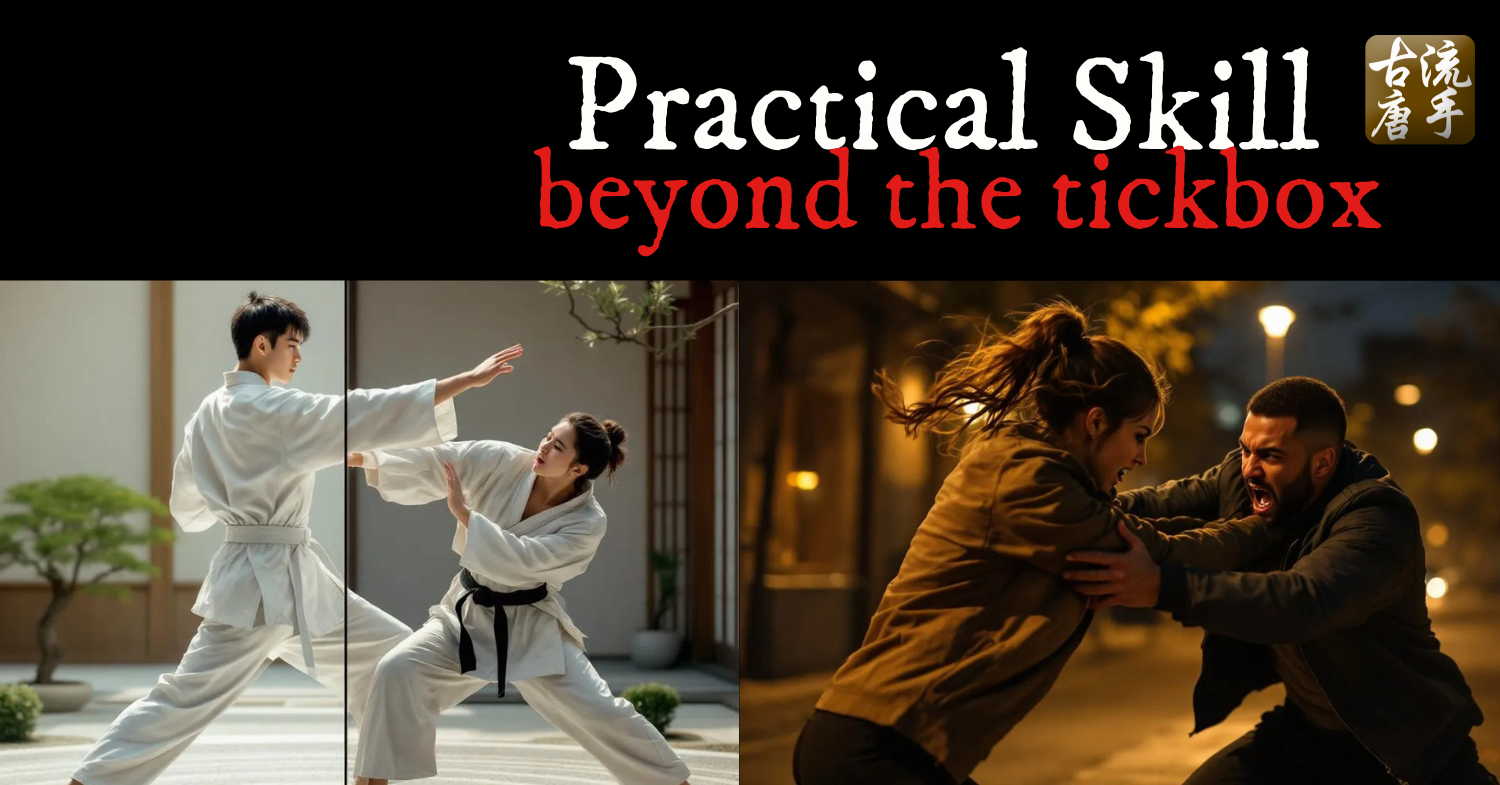Sensei Heero Miketta about Empowering the Student… and the Teacher
Traditional karate, and many well-known martial arts, are built on checklists. Kihon, Kata, Kumite: three sacred pillars, three tick-boxes. Master the external performance, copy your teacher’s version, receive your grade. But where did these boxes come from? Kihon drills and kata sequences have grown more stylised with every hand they pass through—from old Chinese roots, through Okinawa, then Japan. Modern competitions pushed this even further, as teachers tried to systematise something inherently individualistic and complex.
The irony? Only the most athletic, physically gifted students—perhaps one in ten—will ever move the way the model demands. These outliers, what I call “island talents,” become the template. Most students train for years, always falling short of “textbook” perfection, never shown that there’s a credible alternative. And when these elites become teachers, they tend to teach clones of themselves, not the actual, living person in front of them.
It’s a beautiful Japanese garden: perfectly raked gravel, precise angles, immaculate order. But real life—real skill—is messier. More like a jungle.
Beyond Imitation: From Technique to Skill
What if martial arts is not about reproduction, but understanding? The Missing Link approach insists: shift your focus from “Can you do the move as shown?” to “Do you understand what the move does? How do you make it work with your own body, age, and limitations?”
Technique is only a vehicle. Skill is the destination. The true curriculum is written in the language of problem-solving, adaptation, and self-inquiry. This means testing principles under pressure, changing drills to suit the student, letting function lead form—not the other way round.
Teachers, then, become much more than demonstrators. They are guides—coaches who watch, listen, and adapt, helping each student find their personal method. The teacher’s job is not cloning perfection; it’s bringing out skill, resilience, and insight—and sometimes, that means letting go of their own cherished habits.
The Hidden Challenge—And Its Rewards
Grounding a curriculum in skill, rather than surface, is difficult. It’s slow going—intellectually demanding and sometimes thankless. External rewards come later, and the initial results may look less “beautiful” than those glossy competition photos. But the rewards are long-lasting, echoing far beyond the dojo’s walls. Students don’t just punch or kick “correctly”; they understand why, when, and how to adapt. They carry the logic of martial arts into conflict, into fear, into life itself.
The teacher, freed from the burden of producing clones, learns, too. Every new student brings questions that force reflection and adaptation. It’s a return to lifelong learning, to personal development for all—not just the select few.
The Inquiring Mind: The Real Missing Link
The standard karate curriculum often forces a list of techniques and moves upon the student, presented as a series of "tickable boxes." If you can demonstrate these moves in a satisfying manner, you earn your next grade. The problem is that these moves are often disconnected from reality and are instead related to two things:
- Strange Traditions: These are not always based on authentic, ancient martial arts. Instead, they often stem from the expectations of competitive organisations.
- Competition: The entire framework is built around scoring points in a sport environment, not on practical application.
This approach creates a system divided into three core components—Kihon, Kata, and Kumite—each with its own significant disconnect from reality.
- Kihon (Basics): Students learn to kick and punch in a "correct" way. This correctness, however, has little to do with what the human body can do efficiently. It’s based on forms transmitted—and often poorly translated—over generations, such as the watering down of techniques as they moved from China via Okinawa to Japan. The focus is on performing a fancy move exactly as you were told, regardless of its efficiency or practicality.
- Kata (Forms): This is presented as a set of pre-arranged "fancy dance moves." The goal is simply to copy the sequence precisely as it was shown, without deviation. Any adaptations are usually made to align with the latest competition trends, not to improve practical understanding.
- Kumite (Sparring): Kumite in this context was often twofold. First, it involved pre-arranged drills with a partner using Kihon moves in an absolutely insane and unrealistic fashion. Second, there was competition Kumite, which ironically demanded that you use the techniques you learned in a completely different way to score points under a restrictive and impractical rule set.
In essence, Kihon, Kata, and Kumite became three distinct pillars that had little to do with each other and even less to do with the individual or reality. Success was measured by how well you could copy what was shown.
Designed for the Elite, Failing the Majority
One of the oddest and most damaging aspects of this traditional model is that it is impossible for about 90% of the people training to do it properly. The requirements are geared towards a small percentage of highly skilled, physically talented athletes. These athletes can perform amazing, near-superhuman feats, but the training methods used to get them there are applied to everyone.
This creates two significant problems:
- The 90% are left behind: The majority of students train in a way that will never make them as good as the elite athletes and, more importantly, will not give them practical skills suited to their own abilities.
- "Island Talent" Instructors: The teachers themselves are often products of this system. They are highly skilled athletes who were successful in that specific environment. As a result, they are often only able to teach other athletes whose skills and talents are similar to their own, leaving the majority of their students without effective coaching.
This problem isn't unique to karate; it's prevalent in many martial arts like Judo and particularly in the more sport-focused styles of Taekwondo. The focus is entirely on competition: perfect the Kata, be fast in Kumite, and score points.
While some styles like Kyokushin introduced full-contact fighting, which pressure-tested techniques and forced them to be more practical, the training was still overwhelmingly geared towards a small group of elite competitors.
The Missing Link Approach: A Paradigm Shift
So, what’s different in our Missing Link curriculum? We focus less on techniques and moves and much more on the skills and principles you should acquire during your training.
- Skills Over Techniques: It’s not important to perform a technique perfectly. It is important to understand what the technique is for, how you can use it, and then execute it in a way that works for you.
- The Teacher as a Coach: This requires a different skill set from our teachers. They must understand the physical abilities and individual makeup of their students. An instructor in our style has to coach their students to get better and find their unique way of doing martial arts, rather than forcing them to meet the requirements of a competitive schedule.
This is a huge difference, and it’s a challenging concept for both students and teachers to grasp. We don't want to create "little mini-mes." We believe that understanding principles and movement patterns is far more important than "looking proper."
The Challenge and Reward of Deeper Learning
This approach presents our biggest challenge: teaching students in a way that they genuinely improve, rather than just giving them a set of movements to copy. This path offers less instant gratification. It’s not just about throwing a punch that looks roughly correct. You have to understand the internal workings and the "why" behind every movement.
The work is harder, and the results are not always as pretty in the short term. However, they are far more rewarding in the long run. When you learn a Kata or a drill, you don't just learn the moves; you work to understand what you are doing and then apply that understanding to similar situations. This creates a much greater scope of learning and a more robust, individualised skill set. That is the essence of our curriculum.
Here is the book:
Missing Links of Martial Arts - https://amzn.eu/d/86L1Ive


